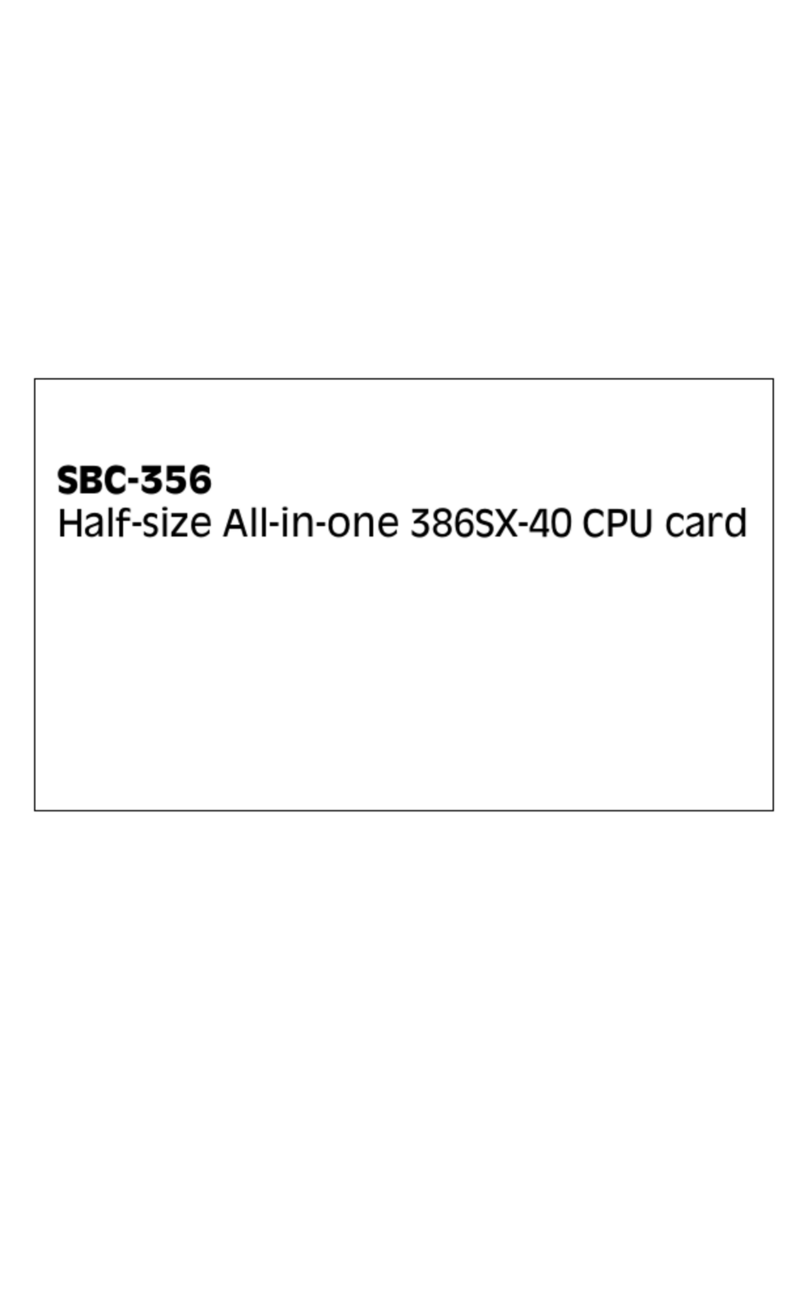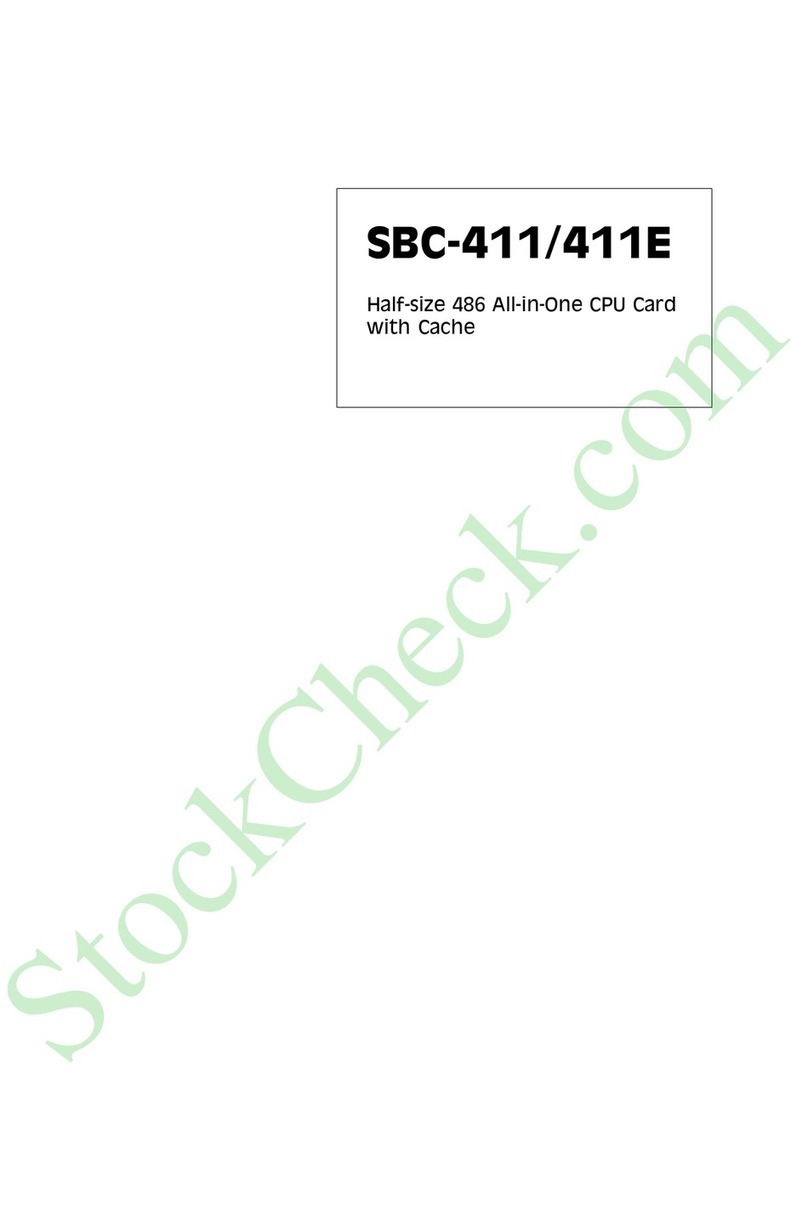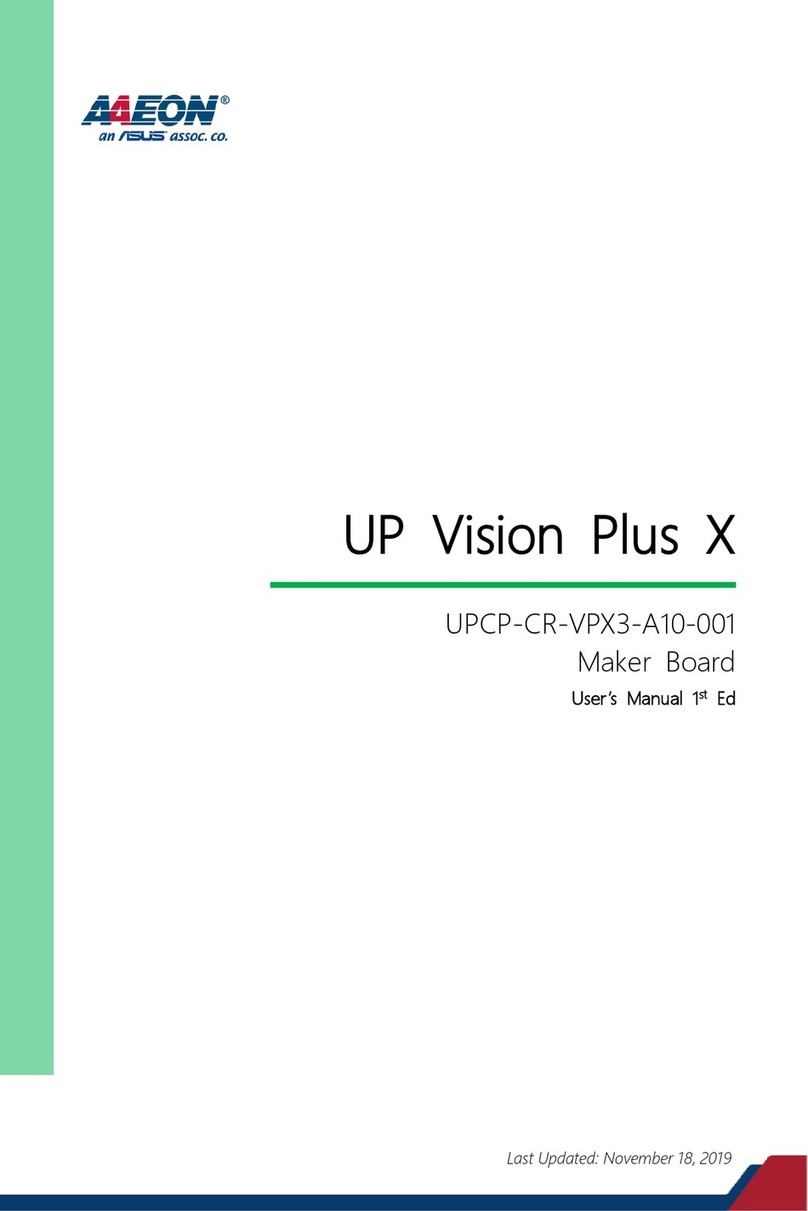Aaeon PCM-5335 User manual
Other Aaeon Computer Hardware manuals
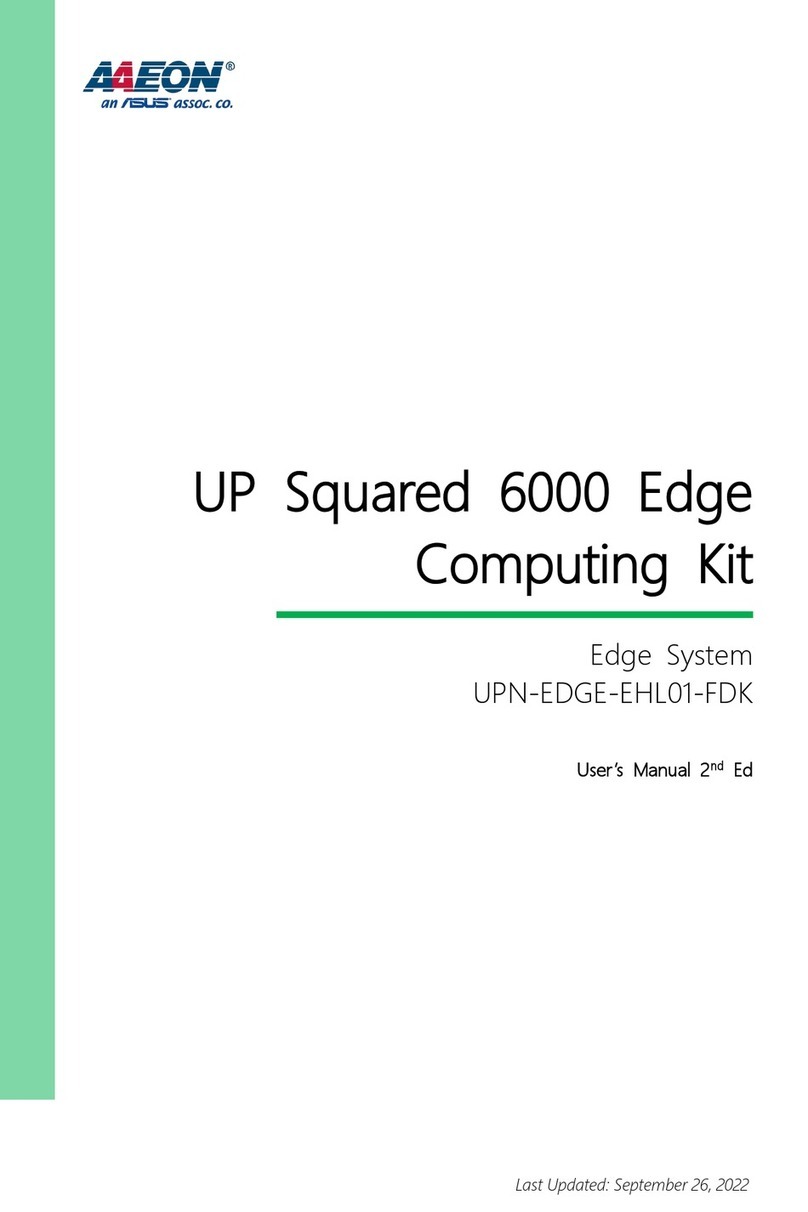
Aaeon
Aaeon UP Squared 6000 Edge Computing Kit User manual
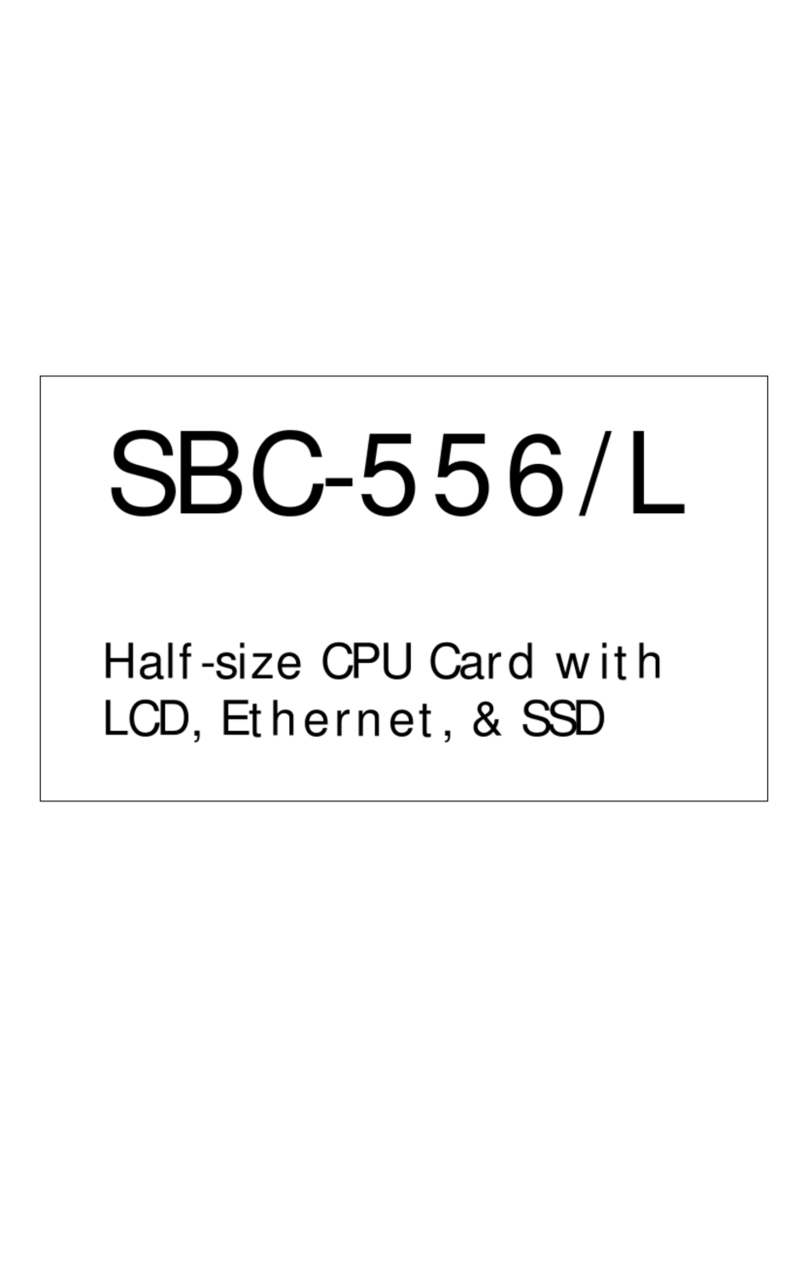
Aaeon
Aaeon SBC-556/L User manual
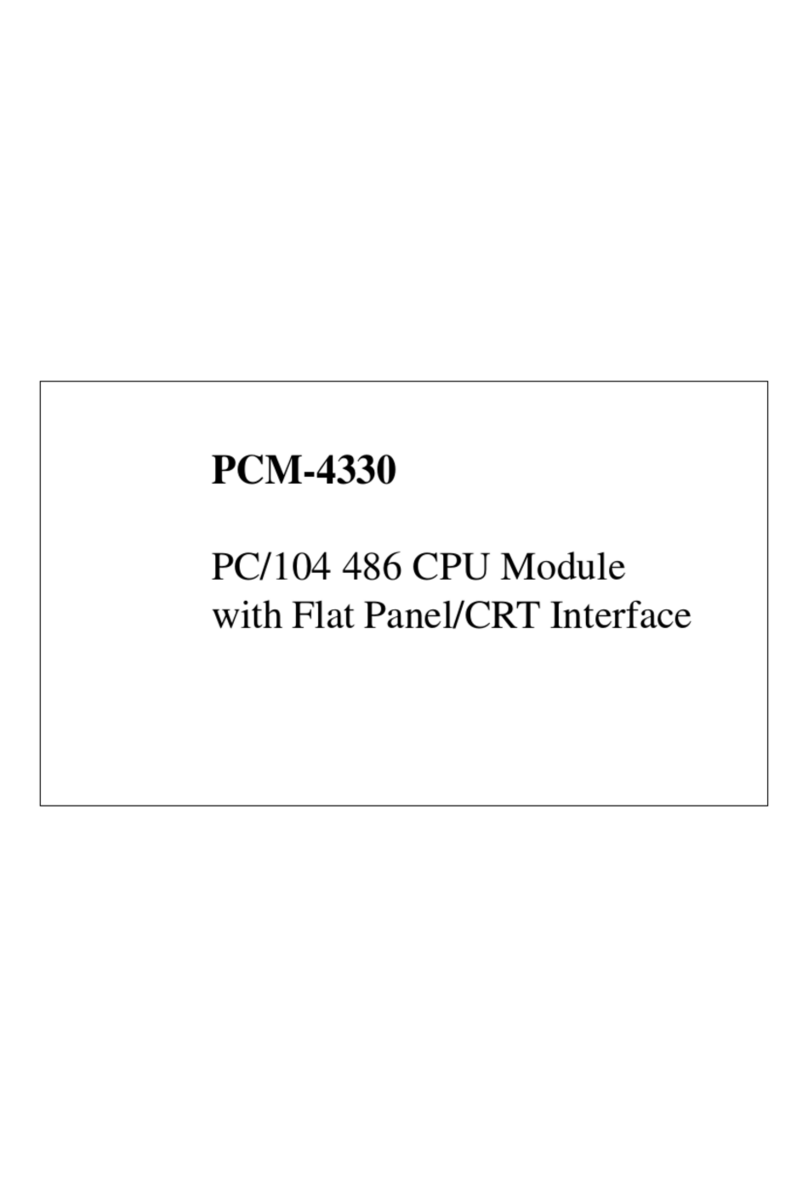
Aaeon
Aaeon PCM-4330 User manual
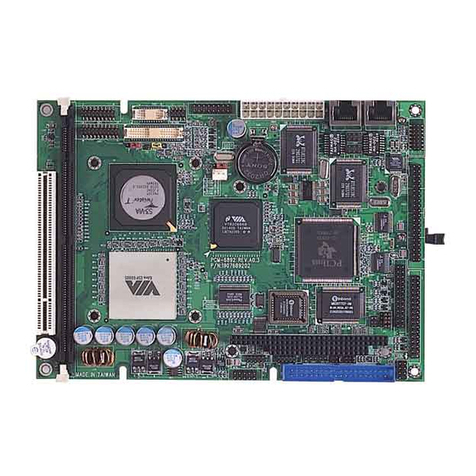
Aaeon
Aaeon PCM-6892 Rev.B User manual
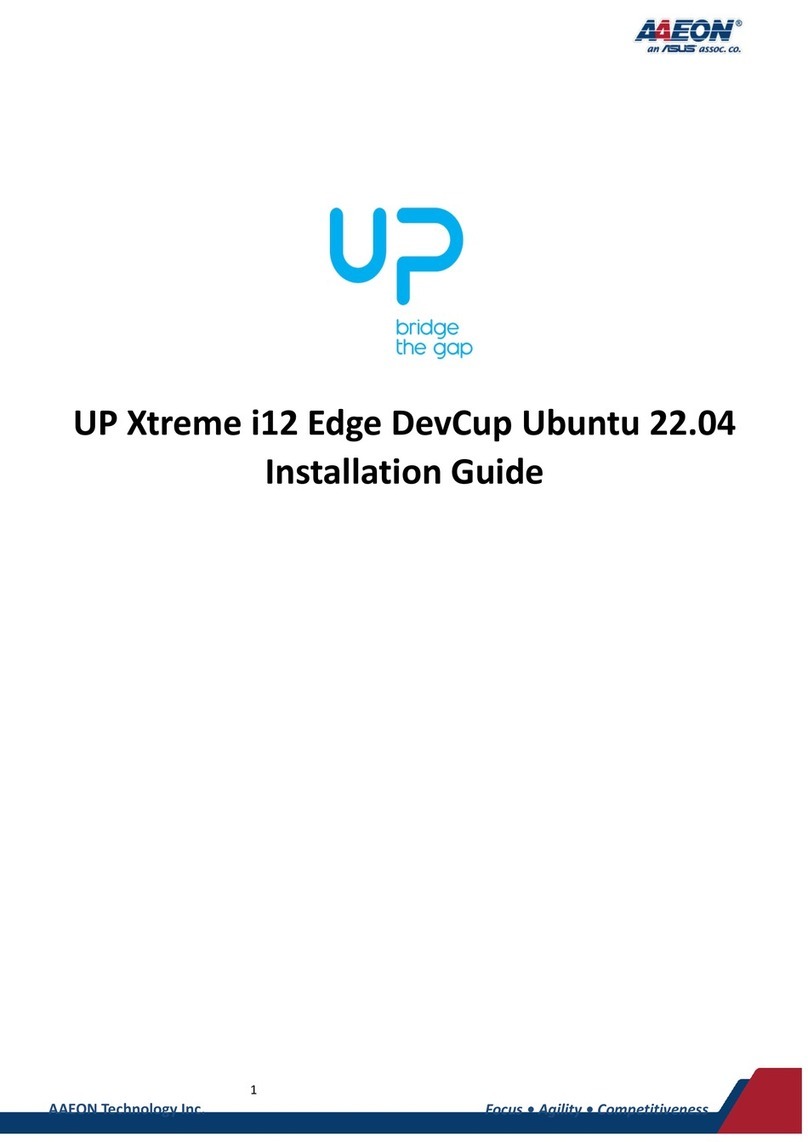
Aaeon
Aaeon UP Xtreme i12 Edge User manual
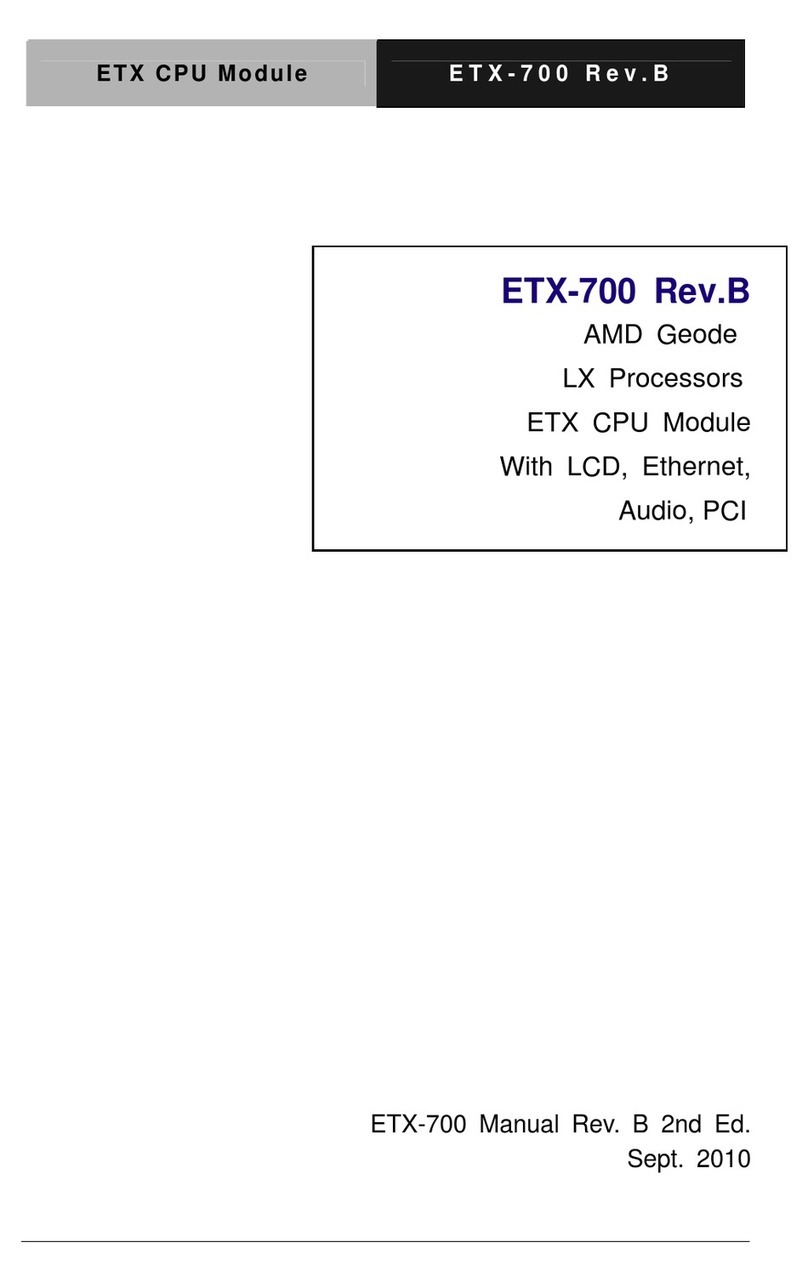
Aaeon
Aaeon ETX-700 User manual

Aaeon
Aaeon SBC-555 User manual

Aaeon
Aaeon PER-C41L User manual
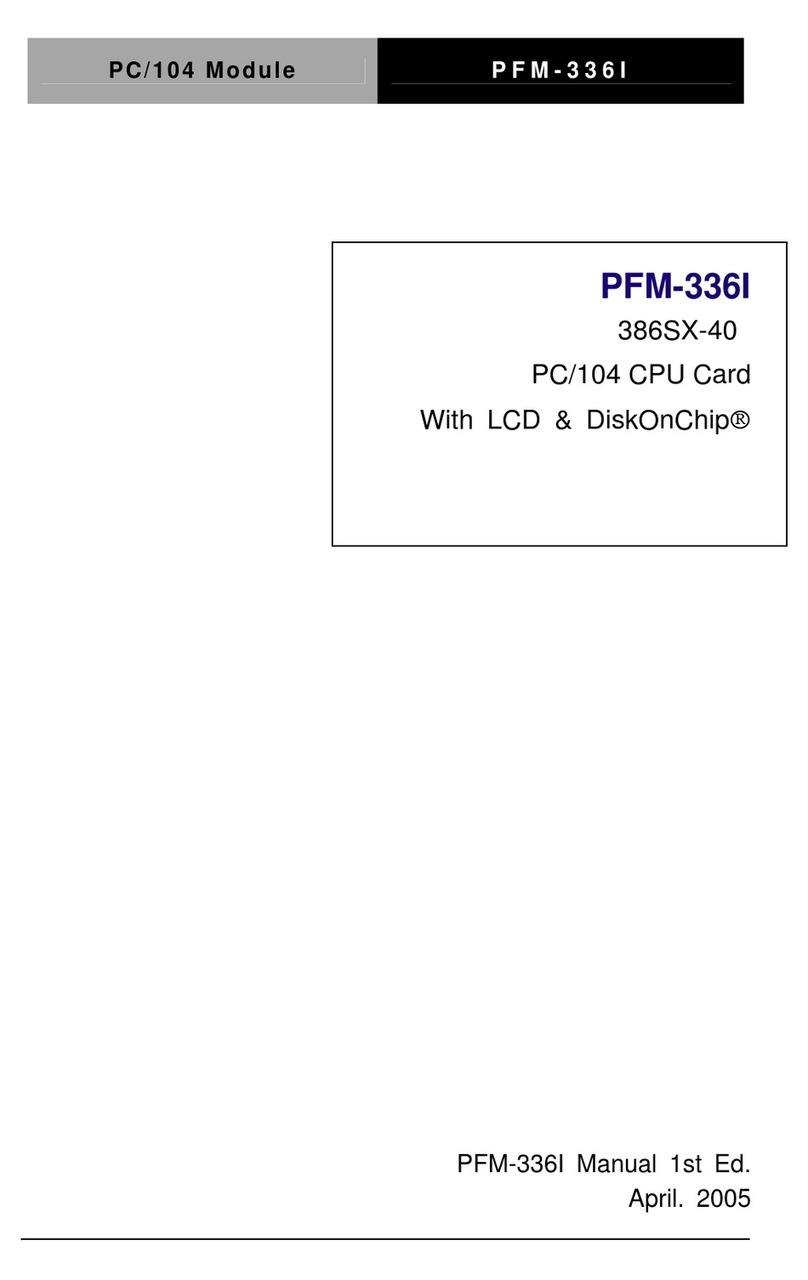
Aaeon
Aaeon PFM-336I User manual
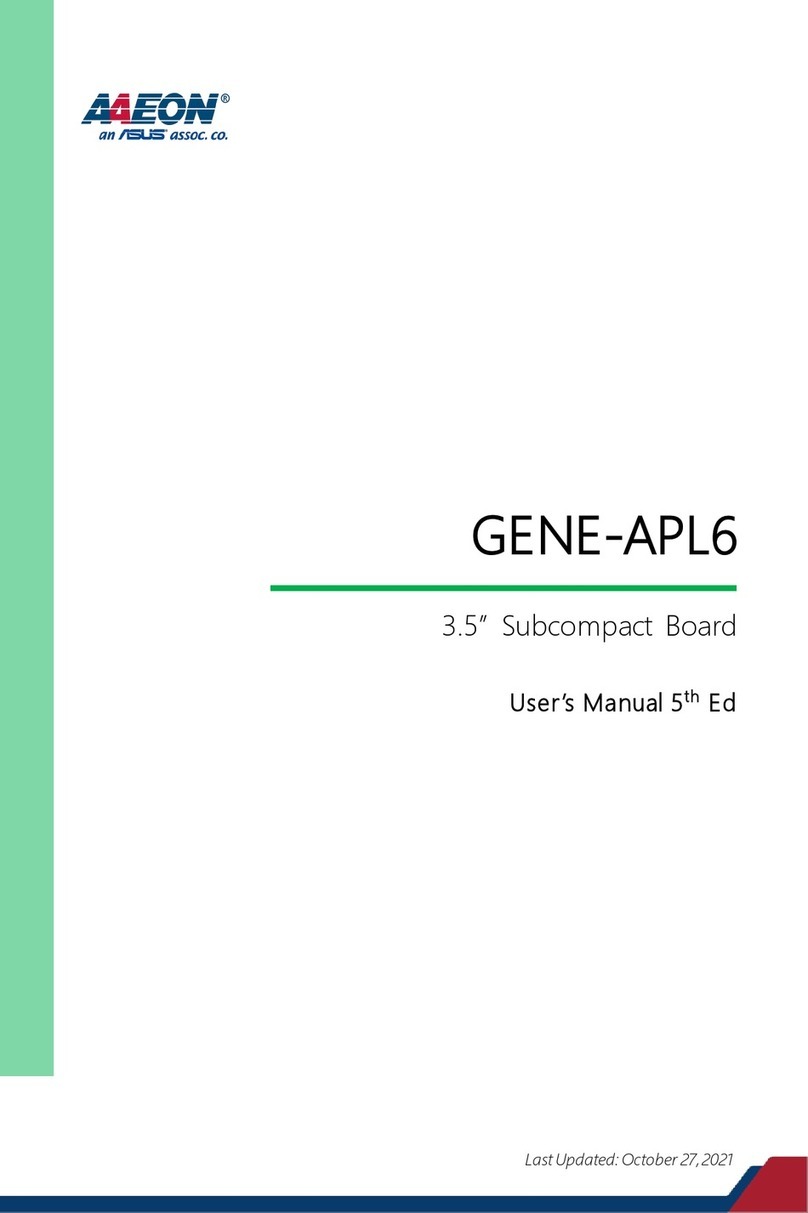
Aaeon
Aaeon GENE-APL6 User manual
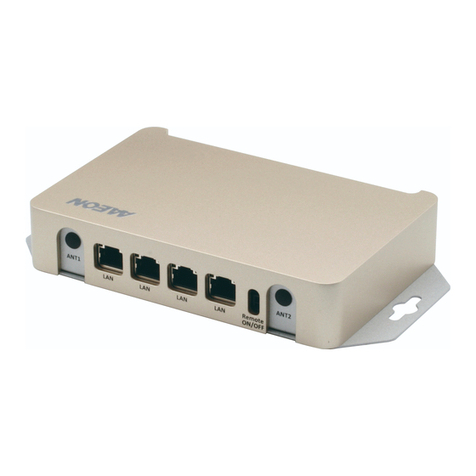
Aaeon
Aaeon BOXER-8120AI User manual

Aaeon
Aaeon NEZHA-N97 User manual
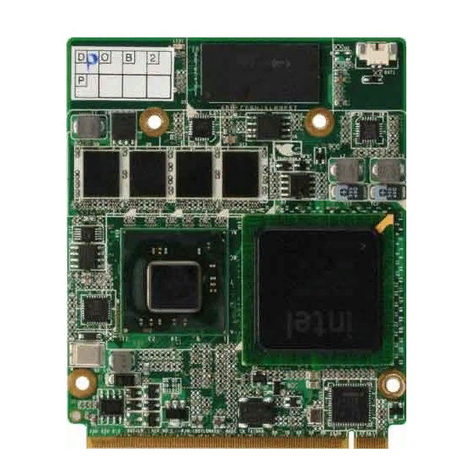
Aaeon
Aaeon AQ7-LN User manual
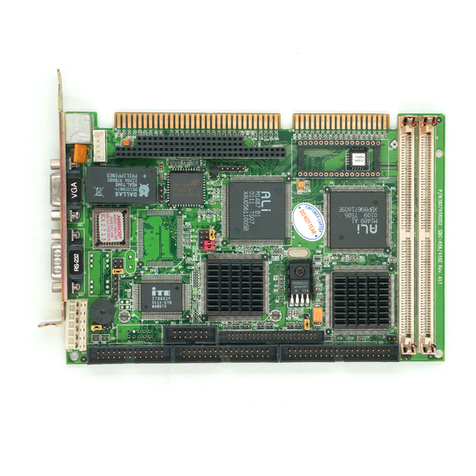
Aaeon
Aaeon SBC-456 User manual
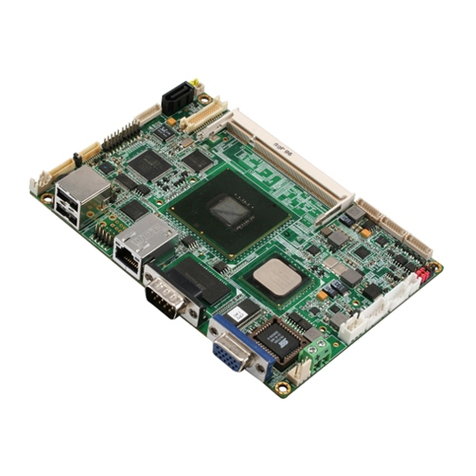
Aaeon
Aaeon GENE-U15B User manual
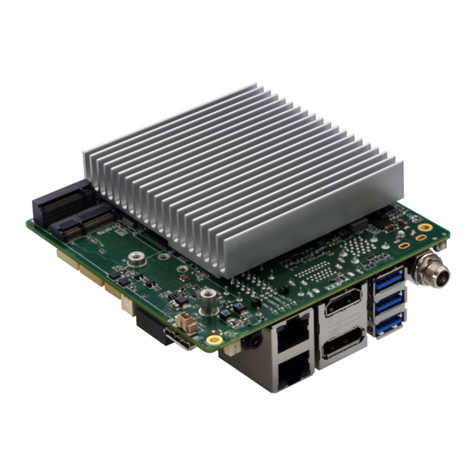
Aaeon
Aaeon UP Squared Pro User manual
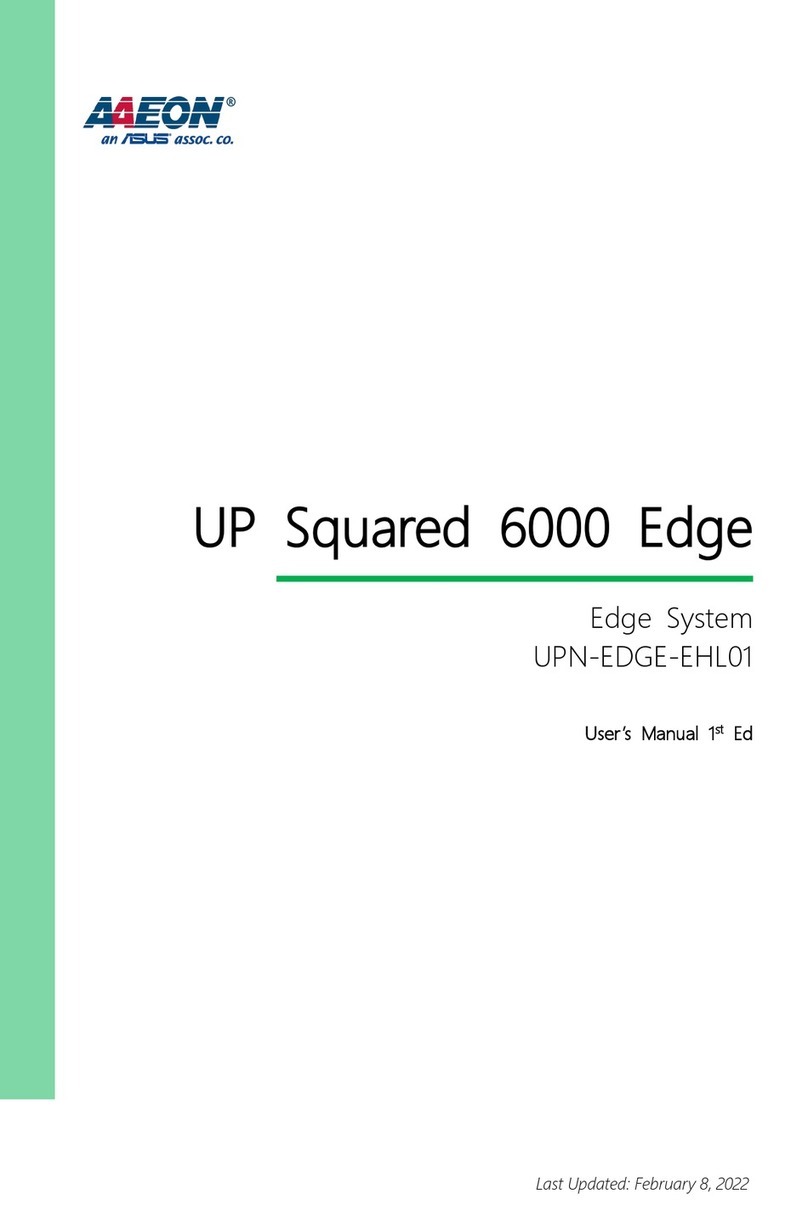
Aaeon
Aaeon UPN-EDGE-EHL01 User manual
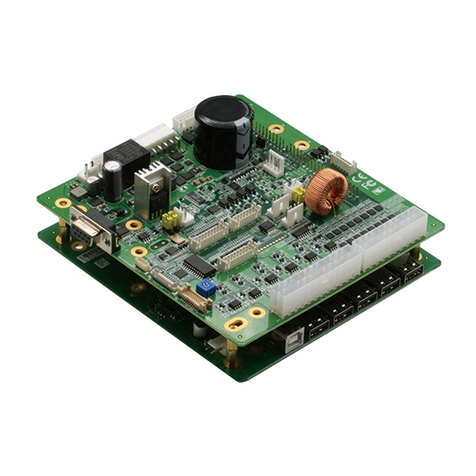
Aaeon
Aaeon AIOT-MSSP01 User manual
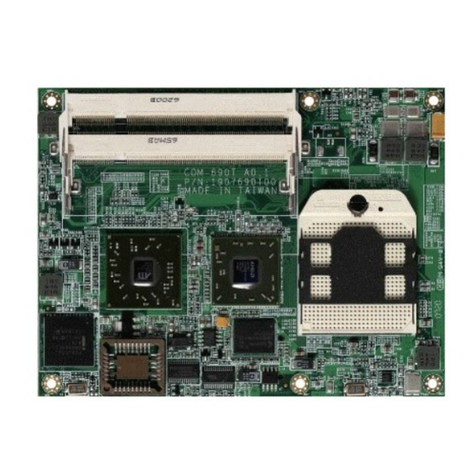
Aaeon
Aaeon COM-690T User manual
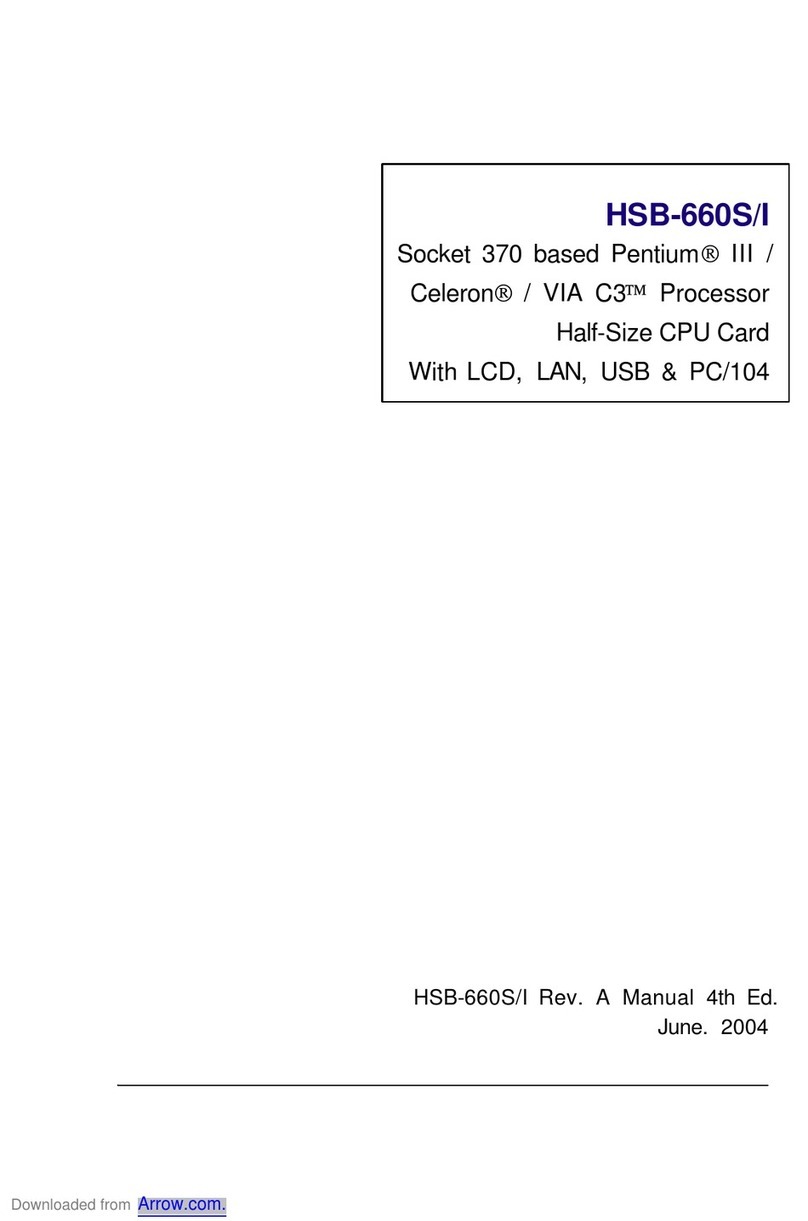
Aaeon
Aaeon HSB-660S/I User manual
Popular Computer Hardware manuals by other brands

Toshiba
Toshiba TOSVERT VF-MB1/S15 IPE002Z Function manual

Shenzhen
Shenzhen MEITRACK MVT380 user guide

TRENDnet
TRENDnet TEW-601PC - SUPER G MIMO WRLS PC CARD user guide

StarTech.com
StarTech.com CF2IDE18 instruction manual

Texas Instruments
Texas Instruments LMH0318 Programmer's guide

Gateway
Gateway 8510946 user guide

Sierra Wireless
Sierra Wireless Sierra Wireless AirCard 890 quick start guide

Leadtek
Leadtek Killer Xeno Pro Quick installation guide

Star Cooperation
Star Cooperation FlexTiny 3 Series Instructions for use

Hotone
Hotone Ampero user manual

Connect Tech
Connect Tech Xtreme/104-Express user manual

Yealink
Yealink WF50 user guide
